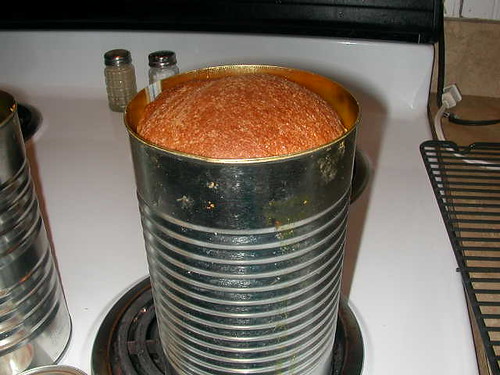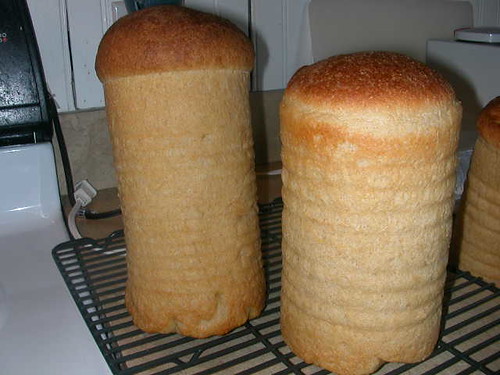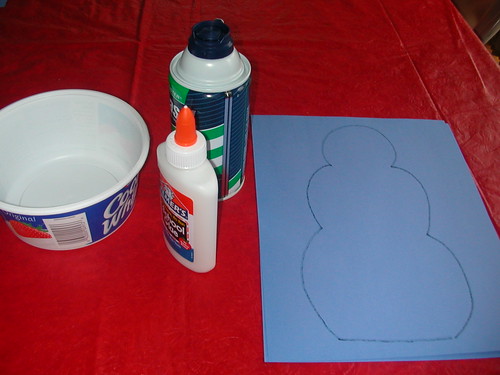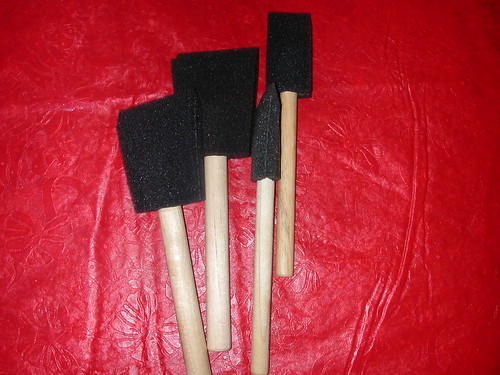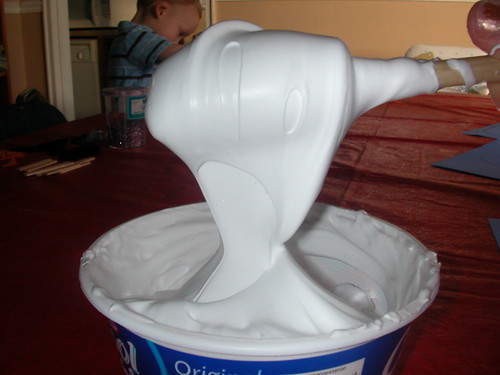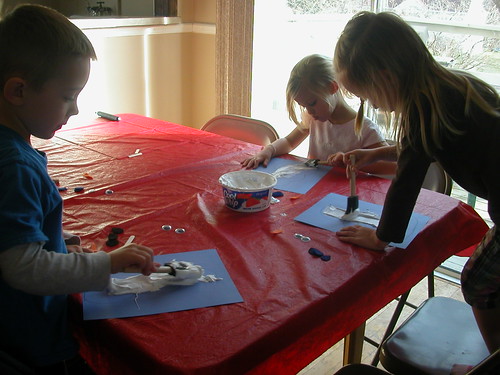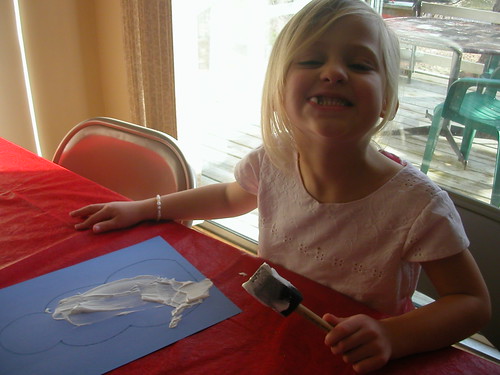A few years ago, I watched an episode from Living Essentials (a BYU tv program) on home canning. A lady from Utah State University was espousing all the virtues of home canning. She said that having jars of food, prepared by you for your family, was like having "time in a bottle." You put in the effort when you have some time, to prepare nutritious food for your family, then you bottle it up and have it later to use when you are rushed and crunched for time. Talk about satisfaction! The really cool thing is, you don't have to be an avid gardener or food scientist to take advantage of home canning. You can prepare stuff from the grocery store. You can take advantage of sales or take advantage of the time you have on hand.
A must have for every home canner, the Ball Blue Book is the best resource guide out there to show you the ins and outs of canning. You also will need some basic tools, such as a waterbath canner for acidic foods, and a pressure canner for low acid foods, canning jars, lids and bands, a funnel and jar lifter. These products can be found at Walmart or your local grocery store.
Here's one of my favorite things to have on hand for days when I need something quick and nutritious for dinner:

Chicken Soup (recipe found in the Ball Blue Book)
This picture totally does not do this soup justice. In each jar there is chicken, carrots, onions, celery, and broth, seasoned with salt and pepper. With a jar of this soup I can make more than just chicken soup. I can make chicken noodle soup (obviously). I simple reheat the contents of the jar and add another jar of water and a few chicken bouillon cubes. Then when it comes to a boil I add noodles and cook until done. I also can use a jar of chicken soup for chicken and dumplings, same procedure as above, except I drop dumpling dough on top of the boiling mixture. Or I can use rice for chicken and rice soup. Or I can make chicken pot pie. I thicken the broth with some flour, add a bag of frozen veggies and top it off with pie crust. Or I can thicken the soup to serve over rice as a gravy or for Hawaiian Haystacks. The possibilities aren't endless, but they fit the bill.
I make a bigger batch than the recipe in the Ball Blue Book. So here's my version for 9 quarts of soup (7 to process and 2 to eat for dinner):
Must Have Chicken Soup
1 10-lb bag chicken leg quarters (thighs and drumsticks) (cooked, skinned, deboned, coarsley chopped if desired)
1 bag carrots (peeled and sliced)
1 bag celery (cleaned and sliced)
3 large onions (peeled and diced)
8 quarts chicken stock or use bouillon cubes to equal that amount
Salt and pepper to taste
Bring everything to boil. Simmer for 30 minutes. Ladle into hot, sterile jars, leaving 1 inch head space. Wipe rims and screw on lids with bands. Process in a pressure canner at 10 lbs pressure for 90 minutes. Let pressure drop naturally.
With a pressure canner, you need to be sure to follow the manufacturer's directions on how to use it, such as properly venting the canner etc. In recipes it doesn't tell you that you need to let the pressure canner vent (steam comes out of the vent tube) for 10 minutes before placing the pressure control (the little weight that jiggles) over the vent tube.
This is what my Mirro canner book says:
"The U.S. Department of Agriculture recommends pressure canning as the only safe way to can meats, fish, poultry and all common vegetables. Fruits and plain tomato products may be canned by the hot-water-bath method, but pressure canning them will save time and energy.
Use a water-bath canner for pickles, jams, and jellies. Do not blanch in a pressure canner. Use a blancher or covered pot with wuitable basket.
To can mixtures of foods (soups, stews, etc.) use the time required for the ingredient with the longest processing time. Sometimes it is better to can ingredients separately (meat and vegetables, for example) and then combine them to heat for serving."
Canning food for your family can be a bit hectic when you are rushing against the clock to get everything done, but then you really do have "time in a bottle" to use when you need it most.
~Lena






 ~Lena
~Lena



